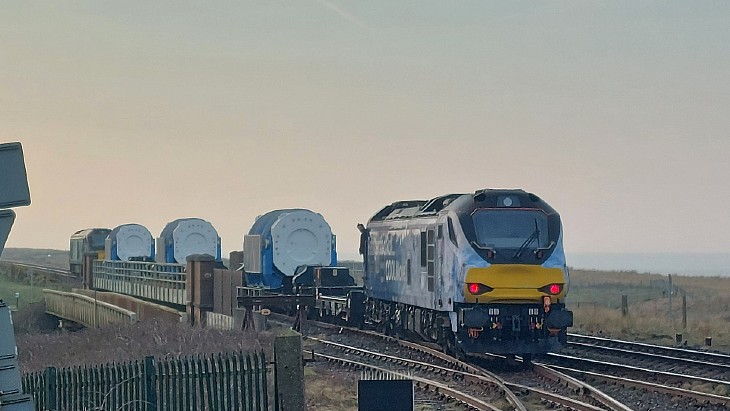Dismantling of Mülheim-Kärlich steam generators completed
.jpg)
The confined space within the plant's reactor building created logistical challenges, especially when it came to the dismantling of large components, Bilfinger said. Bilfinger Noell, a Bilfinger subsidiary in Würzburg, Germany, developed a dismantling concept that met both the stringent safety standards of a plant undergoing decommissioning and RWE's overall schedule for the process.
Special portal wire saws manufactured by HILTI were adapted and further developed by Bilfinger for the special challenges of being used in a nuclear power plant. Technical adaptations were carried out for the wire storage, the expansion of the cooling system and modification of the decontamination properties. In this way, the two saws could be used as cold cutters in the control area of the plant.
This meant RWE was spared cost-intensive conversion measures, as well as costly special transports to an offsite location for dismantling. The process did, however, require continuous close coordination with the customer, Bilfinger said. The activities were carried out in-situ and at the same time as RWE's own dismantling activities.
The dismantled shells were certified for disposal in the conventional recycling system. The inner workings of the steam generators - comprising 16,000 tubes each - were packaged as radioactive waste in approved containers. These will be transported to an interim storage facility next year before they are sent to the final storage facility at Schacht Konrad.
Construction of Mülheim-Kärlich in Rhineland-Palatinate started in 1975, but the 1219 MWe pressurised water reactor was not able to commence nuclear trial operations until 1986. Formal defects led to its shutdown in September 1988 after just 13 months of power operations. A subsequent legal dispute lasting several years showed that it was neither technical nor safety defects that had led to the shutdown of the plant. Its decommissioning began in 2004.
_17992.jpg)
_75800.jpg)







_79311.jpg)


